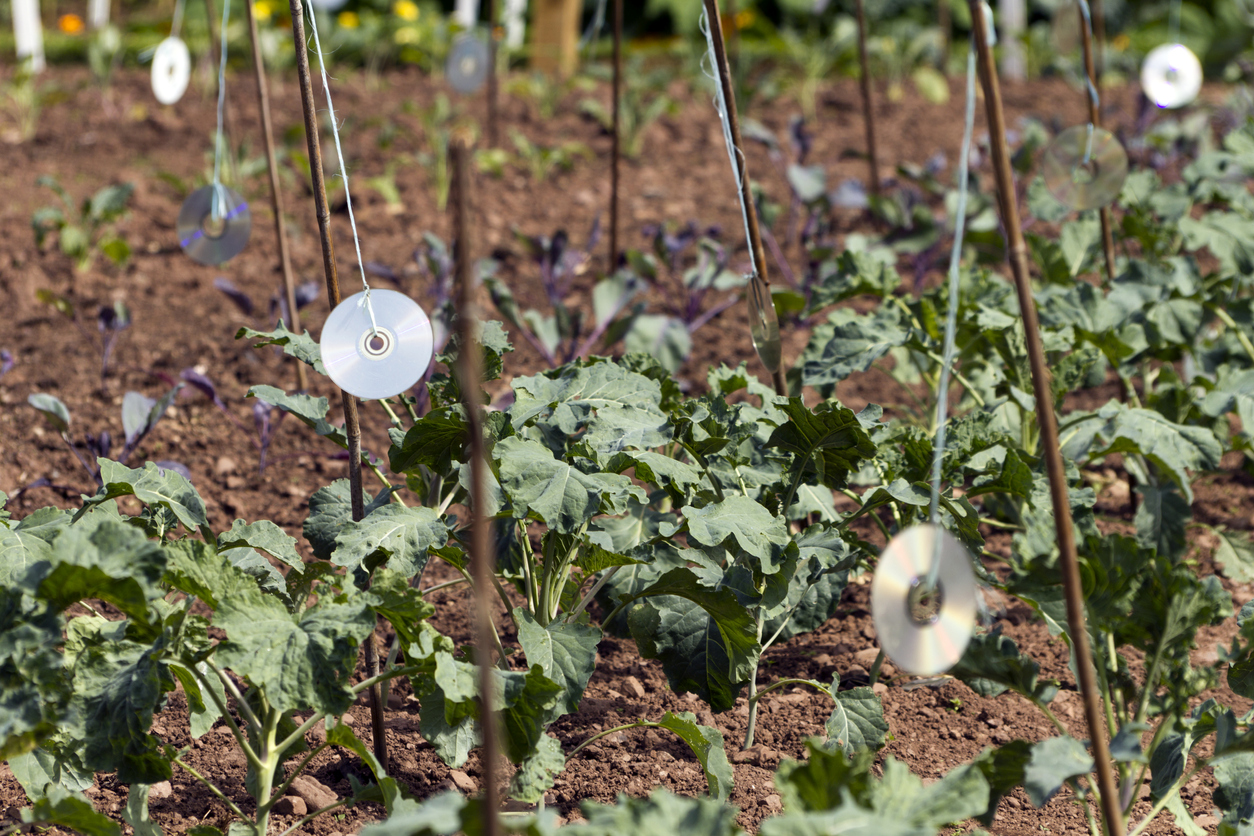I love a garden gnome as much as the next person. They’re a fun way to add some personality around the peas or some cool kitsch to the cucumbers. But when it comes to garden decoys that deter pests, they aren’t all that effective. As a matter of fact, I’m pretty sure the rabbits around my house have been taking selfies with the gnomes.
